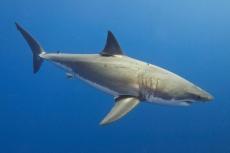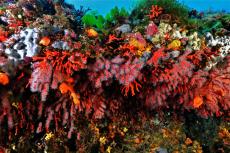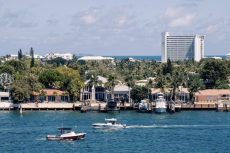New Type of Amphora Found in Roman Shipwreck
A new type of amphora has been discovered in a Roman shipwreck that sank in the 4th century.
The ship, called Ses Fontanelles, sank off the coast of Mallorca, Spain, and was discovered in 2019. It had travelled from Cartagena in southeastern Spain and was carrying various goods stored in amphorae when it sank.
New type
Among the cargo, archaeologists found a new type of amphora, larger and heavier than the others, which was used for transporting plant oil. This type was named Ses Fontanelles I, after the ship. The amphorae were found in the ship's centre and stern, while smaller containers were located near the bow and sides.
The findings, published in the journal "Archaeological and Anthropological Sciences," suggest that this new amphora type may have imitated the commonly made oil amphora type Dressel 23 from southern Spain.
The cargo also included three other types of amphorae: Almagro 51c (used for anchovy sauce), flat-bottomed amphorae (found to contain solid residues, including what seemed to be olive pits), and the rare Keay XIX amphorae, of which only three units were recovered.
The tituli picti, labels painted on the amphorae indicating the source, destination, and owner, revealed that the amphorae belonged to someone named “Alunnius et Ausonius”. Additionally, grape leaves were used as padding to protect the amphorae during the ship’s journey.
This discovery is important not only because of the new type of amphora but also because it sheds light on the commercial activities in the Western Mediterranean during a lesser-known period. The well-preserved inscriptions found on the amphorae have proven to be invaluable to researchers studying the artefacts.














































